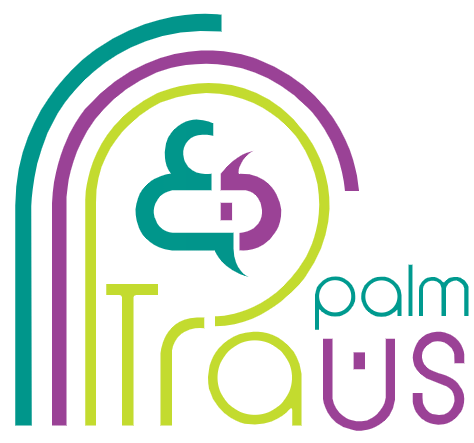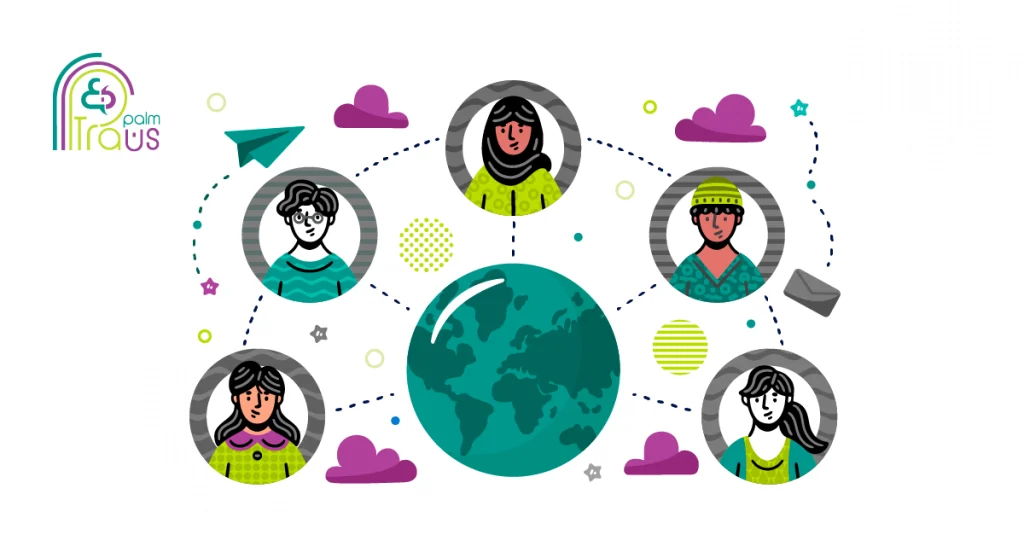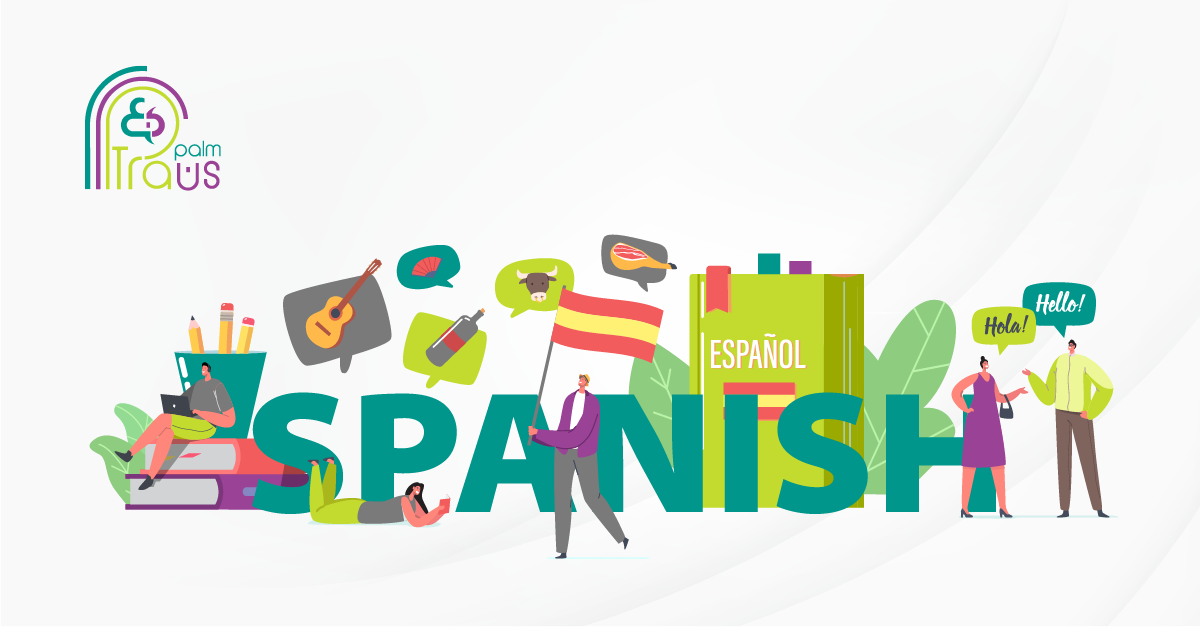Culture is more than art, music, or food. It is the lens through which people view the world and make decisions. For global brands, understanding cultures around the world is not just about respect; it’s about embracing them. It is about creating strategies that work. From the bright parades of Carnival in Brazil to the quiet rituals of Shinto in Japan, traditions tell you what matters to your audience.
Our differences influence how we talk, celebrate, and do business. Knowing about nonverbal communication cues and building intercultural competence can help us share messages that truly connect. This is where localization and Professional Translation Services play an important role. They make sure meaning is preserved, misunderstandings are avoided, and each culture’s identity is respected.
When businesses take time to understand different cultures around the world, they gain a competitive advantage. Localization and Professional Translation Services help bring that understanding into every marketing message, product description, and customer conversation.
This blog looks at how cultures around the world show who they are through traditions, ways of communicating, and changing identities, showing both what makes them different and what brings us together.
What Makes Cultures So Different Yet So Connected?
Understanding Cultural Diversity and Global Values
Cultural diversity refers to the variety of customs, beliefs, traditions, languages, and communication styles found in different cultures around the world, all of which shape how people think, act, and communicate. While humans share fundamental needs such as food, shelter, and belonging, each culture fulfills these needs in distinct ways influenced by geography, religion, and historical experiences.
One major differentiator is individualism vs collectivism. For example, in the United States, personal achievement and self-reliance often take precedence, whereas Japan values collectivism, where group harmony comes before individual recognition.
Similarly, the power distance index also varies greatly, affecting everything from decision-making to meeting etiquette. In Germany, workplaces tend to have flatter hierarchies, and employees can openly share their opinions with managers, while in India, workplaces reflect respect for seniority and clear authority lines.
Language adds another layer in shaping cultural perception. Linguistic relativity suggests that the language we speak influences how we perceive reality. In multilingual societies like Switzerland or Canada, people often switch between languages depending on context, which subtly shifts their worldview. For global businesses, this means that communication requires linguistic and cultural fluency, something professional translation services deliver with precision.
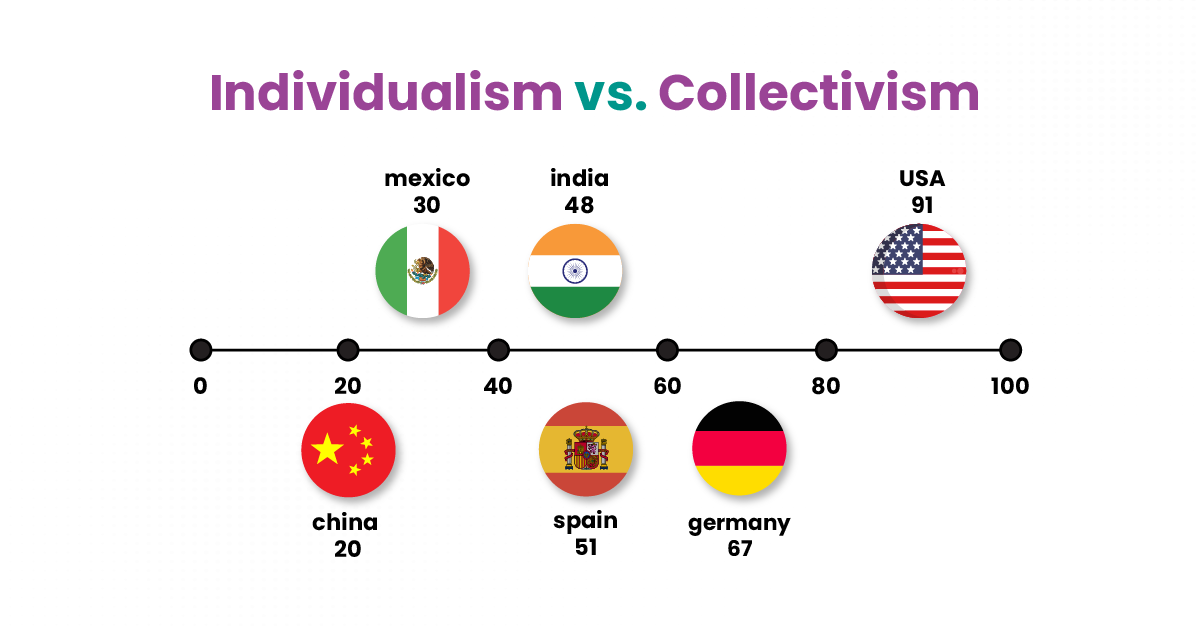
Rituals, Celebrations, and Traditions Across Continents
Special events, traditions, and ceremonies represent the core values, beliefs, and identity of societies. They carry intangible cultural heritage, connecting generations through shared experiences.
In Europe, Germany’s Oktoberfest brings communities together over traditional foods like pretzels and bratwurst, paired with lively music and folk art traditions that reflect the country’s heritage. France is equally proud of its culinary artistry, with buttery pastries and refined cooking recognized as part of its cultural legacy.
In Asia, Diwali in India celebrates the victory of light over darkness with fireworks, colorful decorations, and family gatherings, while in Japan, Shinto rituals harmonize with nature and seasonal cycles, offering a glimpse into a deeply rooted spiritual worldview.
Across the Americas, Mexico’s Day of the Dead blends indigenous and Catholic traditions through vibrant altars, symbolic foods, and rich oral storytelling. In the United States, Thanksgiving highlights gratitude and community through seasonal dishes and shared meals.
Faith-based traditions further shape cultural identity. Ramadan in the Middle East emphasizes reflection, generosity, and unity, while African customs often weave spiritual beliefs into music, dance, and visual art.
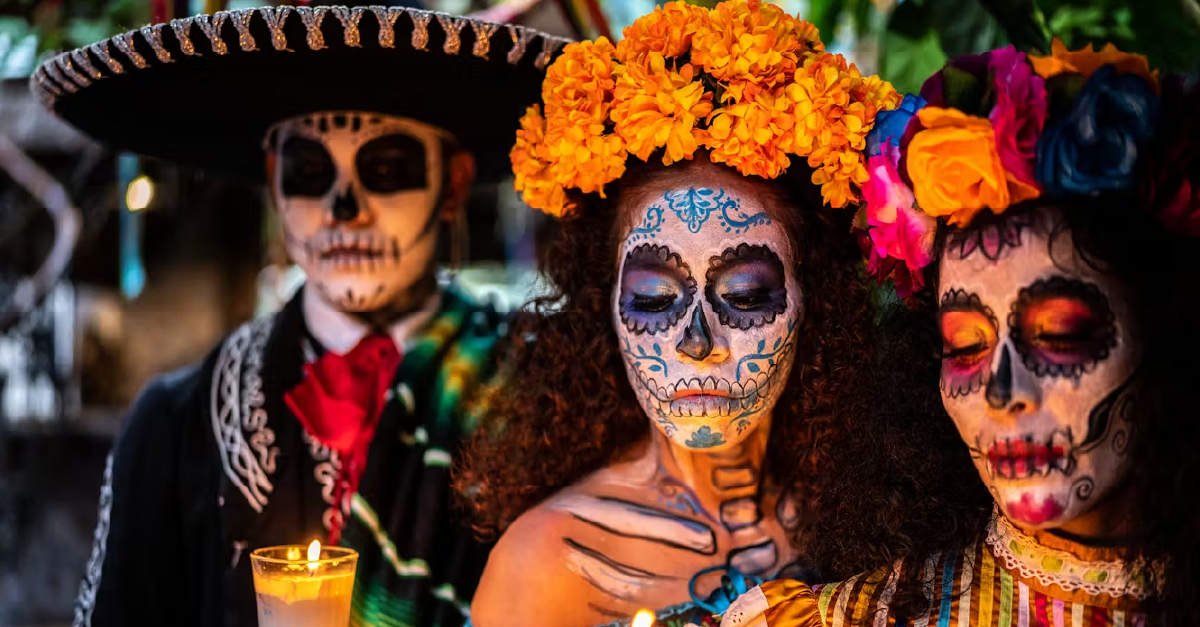
Food is another powerful cultural marker. From Ethiopian injera and Moroccan couscous to Thai street food and French patisserie, cuisine reflects geography, trade, and creativity. In Africa, beadwork carries symbolic meaning passed down through generations, while in Ireland, oral storytelling preserves myths and legends that continue to define national identity.
Understanding different cultures around the world means recognizing how cuisine, faith, and artistic traditions work together to sustain values, strengthen community ties, and connect people across time and place.
The Unspoken Language: Communication Styles Around the World
Communication style is as significant as the language itself. High-context communication, which is common in Japan, relies on implicit understanding, shared history, and subtle nonverbal communication cues. In contrast, low-context communication, seen in Germany, values directness and clarity.
Nonverbal communication cues differ widely. Italians use expressive gestures to emphasize points, while in the UK, reserved body language is the norm. Etiquette standards vary too: in Japan, presenting a business card is a ritual that reflects respect, while in Nordic countries, punctuality is a sign of professionalism.
For brands, adapting to these communication styles is critical. Whether you’re targeting Sweden with its Nordic localization norms or South Korea’s hierarchical communication culture, success depends on culturally tuned messaging, something multilingual content strategies and Japanese translation services make possible.
How Multilingual Societies Preserve Cultural Identity
Language preservation is central to maintaining intangible cultural heritage. In Ireland, the Celtic revival promotes the Irish language alongside English. In Finland, Sámi language rights protect indigenous voices. Across North Africa, Arabic dialects reflect centuries of history, trade, and cultural diffusion.
UNESCO World Heritage programs not only protect monuments but also safeguard traditions, from performing arts to oral histories. Translation and localization play a vital role here, recording songs, documenting rituals, and adapting content for future generations. This is why services like German translation services and French translation services matter; they don’t just convert words; they preserve meaning and cultural identity.
From Cultural Diffusion to Hybridization – The Global Exchange
No culture exists in isolation. Cultural diffusion, the spread of beliefs, styles, and technologies, has shaped civilizations for millennia. The Silk Road connected East and West, bringing spices, art, and ideas across continents. Colonial trade routes reshaped languages and cuisines.
Today, cultural hybridization is everywhere. Korean tacos in Los Angeles blend Mexican and Korean traditions. Anime aesthetics influence Western films and fashion. Music fuses genres across borders, and streetwear borrows from global street cultures. These hybrid forms show that while different cultures around the world maintain distinct traditions, they constantly evolve through exchange.

Localization That Respects Cultural Identity
For global brands, understanding cultures around the world isn’t just about appreciation; it’s about action. Localization adapts content to match not only the target language but also cultural values, etiquette, and expectations. This means accounting for nonverbal communication cues, local humor, color symbolism, and even subtitle timing standards for multimedia content.
Working with local experts ensures messages resonate without offending. Automated tools can’t detect false friend pairs (words that look similar in two languages but mean different things) or navigate the nuances of Bokmål versus Nynorsk in Norwegian. Professional linguists also handle language-specific features like retroflex consonants, vowel length patterns, or Swedish diacritics, which can impact both readability and emotional tone.
From cognate overlap between related languages to loanword divergence across markets, linguistic precision safeguards brand integrity. Brands that adapt to etiquette norms and spoken mutual intelligibility patterns succeed in creating trust and loyalty.
Why This Matters Now
In a world of rapid globalization, cultural diversity is no longer a background detail; it’s a competitive advantage. Understanding different cultures around the world means recognizing not only surface-level customs but deep-seated values, language structures, and interaction styles. It’s about knowing when to adapt regular verb endings for grammatical accuracy or when the gender system differences in a language influence marketing tone.
From Bergen dialect features in Norway to Stockholm Swedish dialect nuances, each variation carries identity markers. In translation, these subtleties can make or break audience engagement.
The ability to navigate this complexity, blending linguistic accuracy with cultural sensitivity, is what sets truly global brands apart. Whether you’re launching a campaign in Europe, Asia, or the Americas, localization rooted in cultural respect is the bridge between intention and connection.
Building Bridges Across Borders
From ritual celebrations that unite communities to folk art traditions that tell ancient stories, cultures around the world reveal the beauty and complexity of human life. Language, customs, and beliefs intertwine to form the social fabric that shapes our perceptions and interactions.
For businesses, acknowledging and respecting this diversity isn’t optional; it’s the foundation of trust. And that’s where professional linguists come in. They don’t just translate; they interpret meaning through the lens of culture, avoiding pitfalls and amplifying impact.
Want to create campaigns that truly connect across borders? Partner with experts who combine cultural insight with linguistic mastery. Start your journey with professional translation services that honor tradition while embracing innovation.
